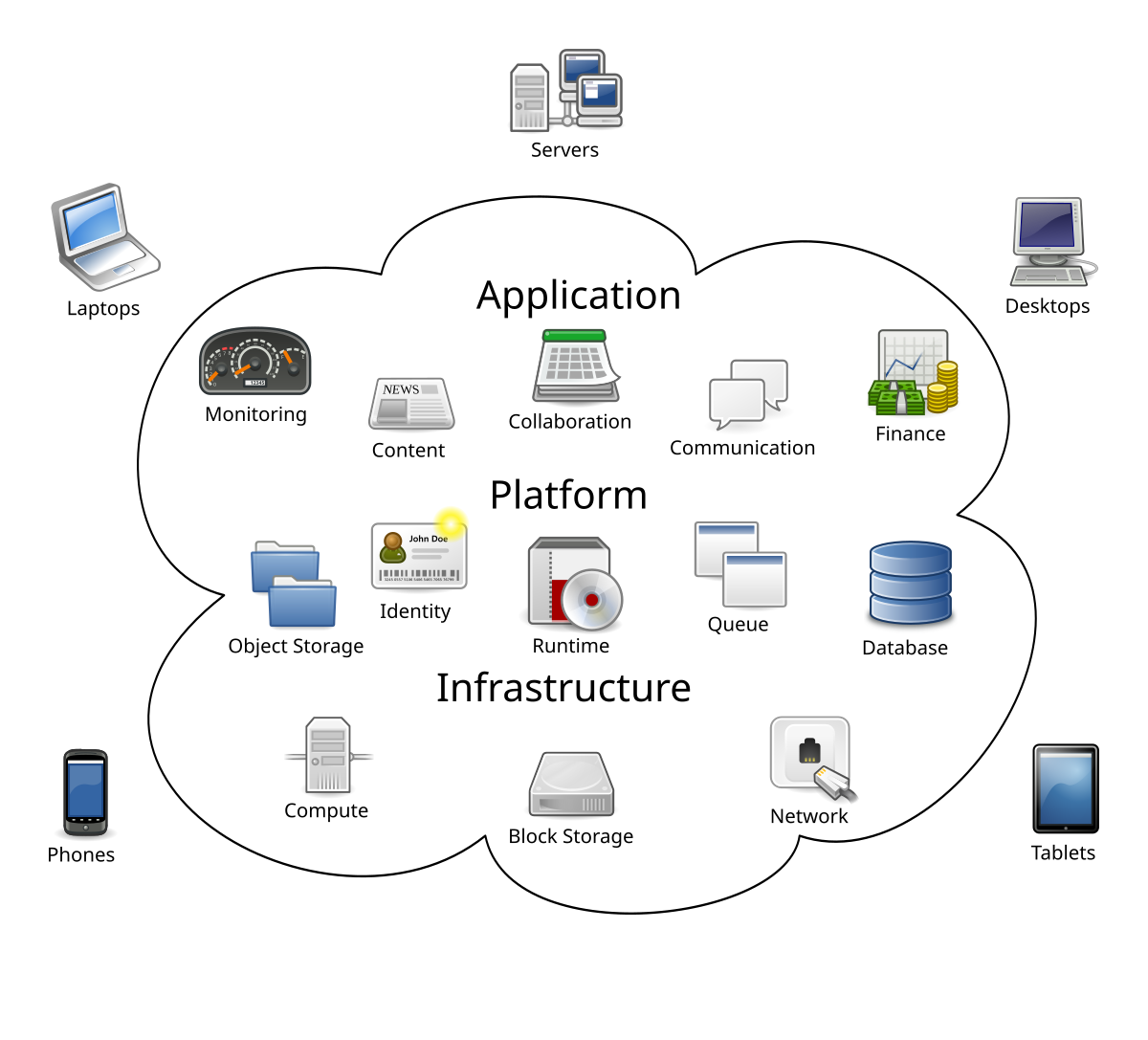Drive Innovation: Harnessing the Power of Cloud Provider
In the busy landscape of modern company, using the power of cloud services has ended up being an essential component for organizations intending to drive advancement and keep a competitive side. The capability to range sources dynamically, adopt sophisticated technologies seamlessly, and streamline development processes effectively can significantly influence a company's capacity to innovate and adapt. As we check out the intricate relationship between cloud services and development, interesting insights on exactly how cloud solutions revolutionize traditional service methods and lead the way for groundbreaking improvements will be disclosed.
Advantages of Cloud Services
Cloud solutions offer countless benefits to individuals and services looking for flexible and reliable options for their digital requirements. One of the essential benefits of making use of cloud solutions is the cost-effectiveness they offer.
Moreover, cloud solutions boost accessibility and cooperation among groups. With data stored in the cloud, workers can securely access files and applications from anywhere with a web connection, promoting remote work capacities and improving productivity. Real-time collaboration attributes make it possible for multiple individuals to work with documents all at once, promoting seamless synergy no matter physical location.
Another advantage of cloud services is the enhanced data protection and calamity recuperation they offer. Cloud service providers execute sophisticated safety procedures to shield information from cyber risks, making sure compliance with market policies. Additionally, automated backups and recuperation options reduce the threat of data loss due to unanticipated occasions, giving peace of mind to users.
Cloud Migration Approaches
Transitioning to shadow solutions involves meticulous preparation and calculated implementation to guarantee a reliable and smooth migration procedure. There are several cloud migration strategies that organizations can think about when relocating their operations to the cloud. The 'Replatform' method entails making some cloud optimizations throughout migration, such as upgrading the application design to take benefit of cloud-native functions.
Enhancing Cooperation in the Cloud
Enhancing team cooperation via cloud-based devices can considerably enhance performance and enhance communication within organizations. By leveraging cloud solutions, groups can work with each other effortlessly no matter their physical areas, enabling real-time partnership on tasks. Cloud-based communication tools such as Slack, Microsoft Teams, or Google Workspace offer a centralized platform for employee to share data, exchange concepts, and coordinate jobs successfully. These devices offer functions like instant messaging, video clip conferencing, data sharing, and project monitoring, boosting synergy and minimizing dependence on standard communication approaches like e-mails.

Protection Considerations for Cloud Fostering
Just how can companies ensure the durable protection of their data when taking on cloud services? Security factors to consider are extremely important in the adoption of cloud solutions. To safeguard information, organizations have to first carry out an extensive threat evaluation to go to website determine potential vulnerabilities and dangers. Executing solid file encryption approaches for information both en route and at remainder is vital. Gain access to control devices should be implemented to limit unauthorized entry, and multi-factor verification can add an added layer of safety. Regular protection audits and monitoring of the cloud setting aid in discovering and alleviating any kind of security violations quickly.

Cloud-Native Advancement Practices
In the world of cloud computing, embracing cloud-native advancement methods is imperative for organizations aiming to enhance their digital infrastructure and enhance functional effectiveness. Cloud-native innovation practices include developing applications particularly for cloud environments, leveraging the scalability, versatility, and agility that cloud solutions supply. By creating applications with cloud-native principles in mind, such as microservices style, containerization, and orchestration, companies can enhance their advancement procedures, improve resource use, and react better to transforming market demands.
Additionally, cloud-native technology methods advertise continuous integration and continual delivery (CI/CD) pipes, making it possible for automated testing, release, and tracking of applications. This iterative approach promotes faster innovation cycles and enhances general software application quality. Additionally, the usage of serverless computing and managed services allows companies to focus on developing core business performances while offloading infrastructure management jobs to shadow service providers.
Basically, embracing cloud-native development practices encourages companies to drive technology, accelerate time-to-market, and stay competitive in today's rapidly developing digital landscape.
Verdict

As we check out the complex relationship between cloud solutions and development, intriguing insights on exactly how cloud solutions change conventional company methods and pave the way for groundbreaking advancements will be revealed. - Cloud Services
There are several cloud movement strategies that organizations can consider when moving their procedures to the cloud. Cloud-native technology methods involve creating applications specifically for cloud settings, leveraging the scalability, adaptability, and dexterity that cloud solutions provide. Additionally, the usage of serverless computing and managed services allows companies to focus on developing core business capabilities while offloading framework management tasks to shadow service providers.
It is imperative for firms to think about cloud migration techniques, boost collaboration in the cloud, and prioritize safety and security steps to ensure successful adoption of cloud solutions and drive development within their company.